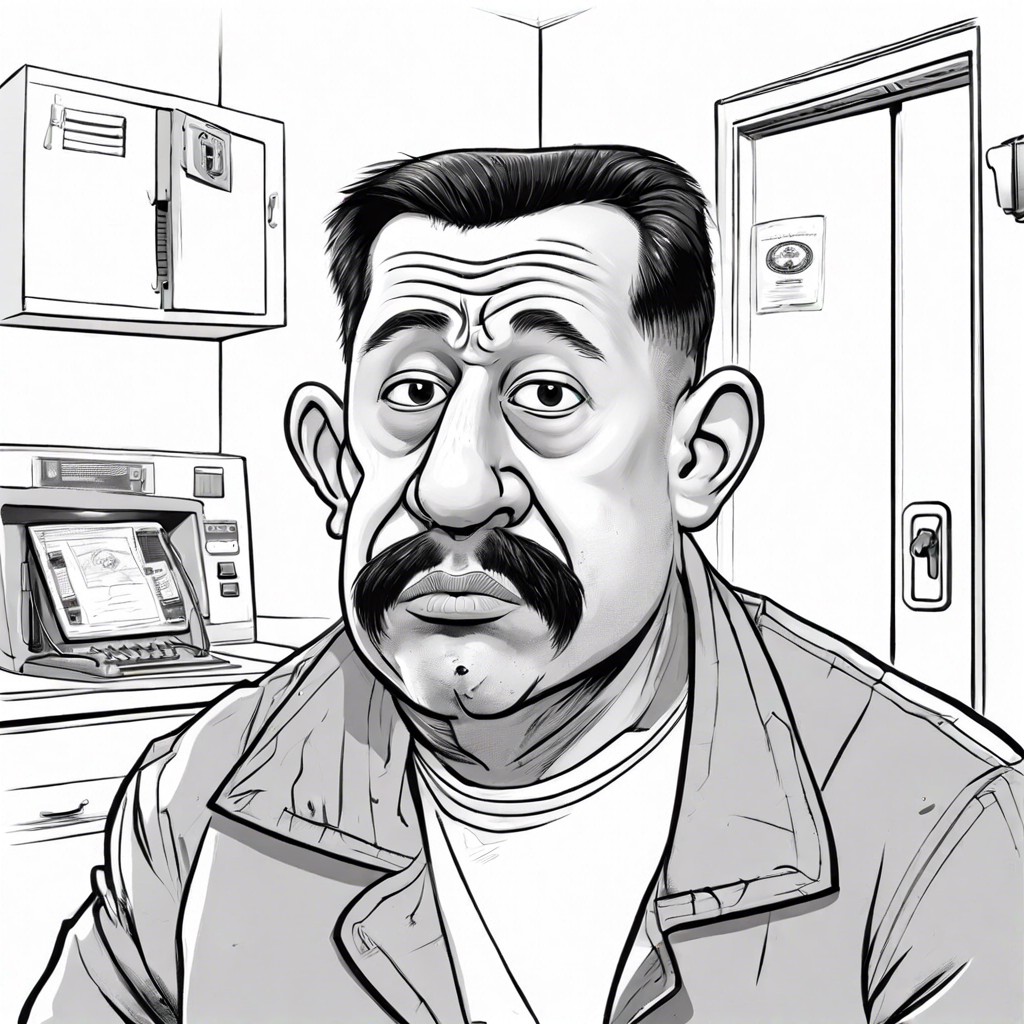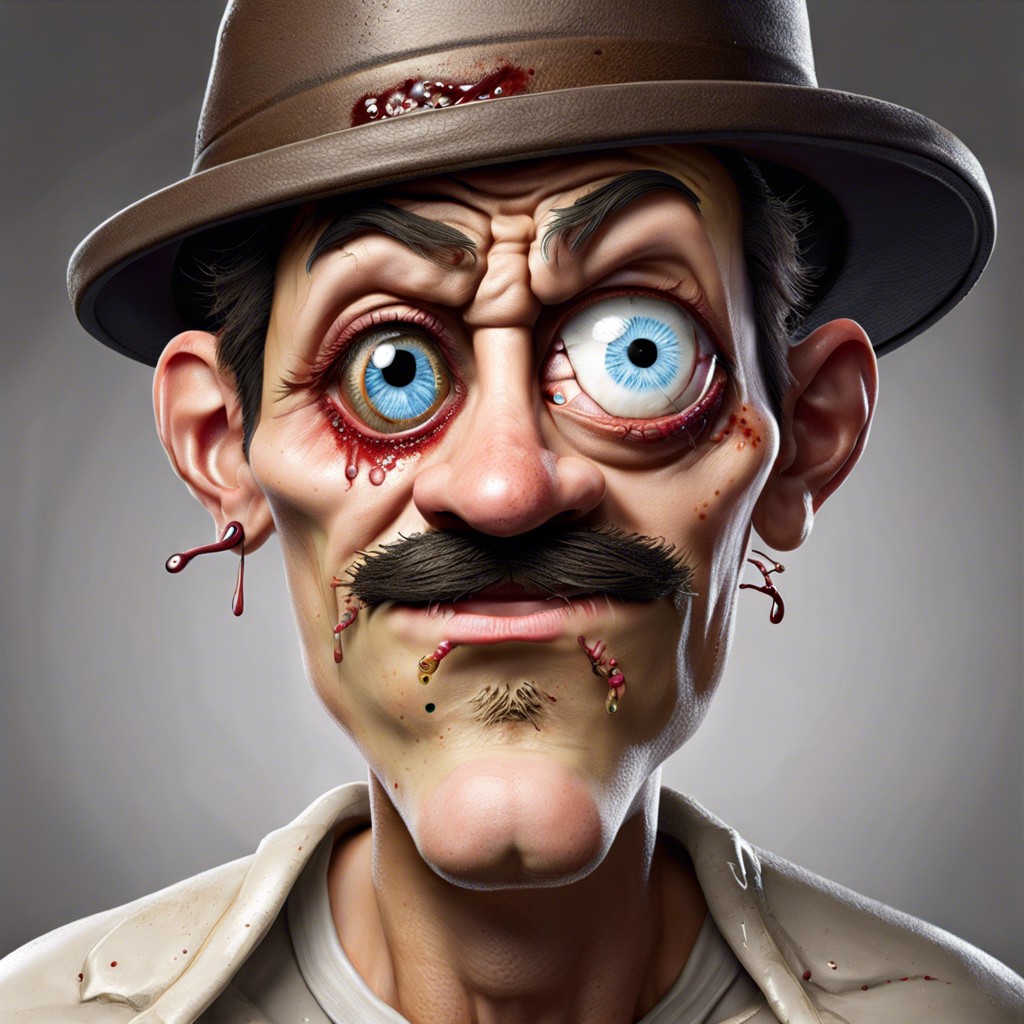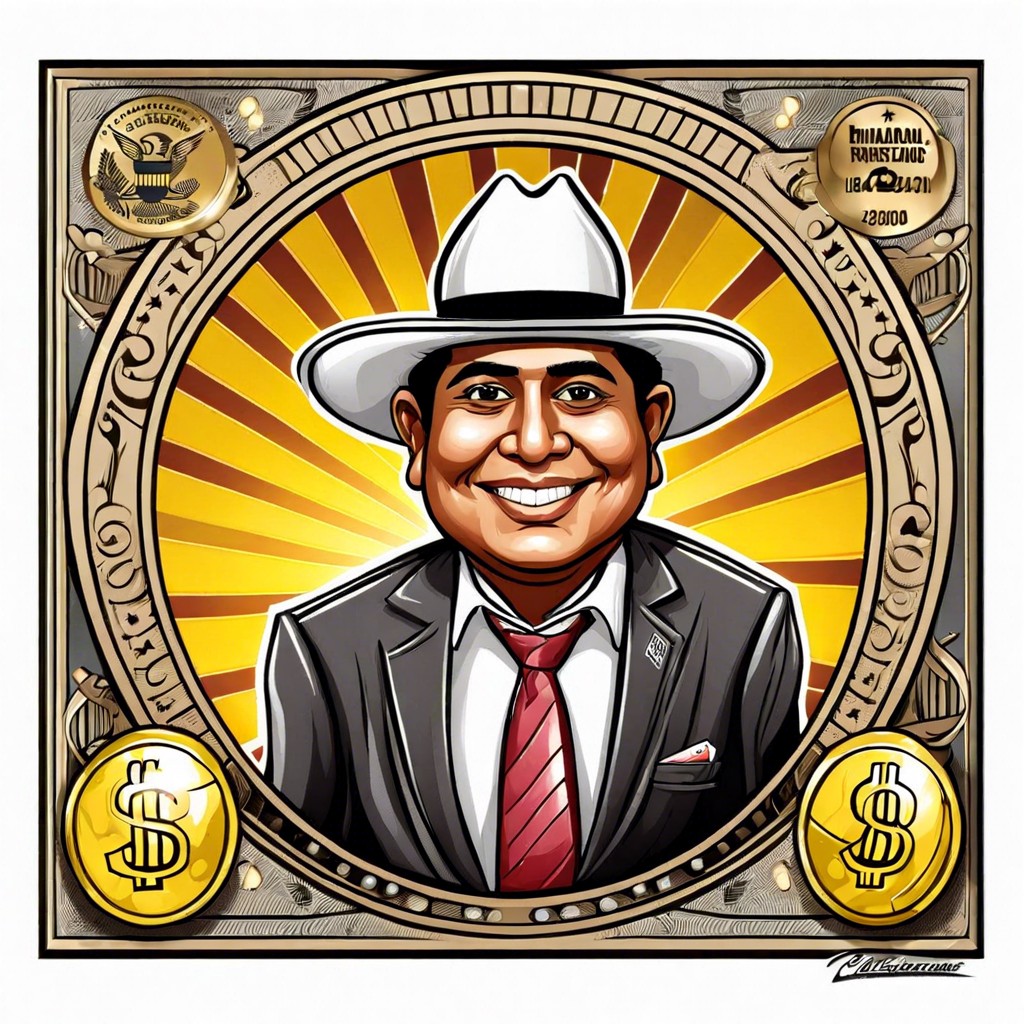Imagine a world where humans had tails, altering everything from fashion trends to balance skills—you’ll learn how this anatomical twist could change daily life as we know it.
Imagine a world where humans sport tails, swishing and twitching like extra limbs, altering everything from fashion trends to how we communicate. Ever wondered how your favorite jeans would fit, or how we’d express emotions? In this whimsical exploration, we dive into the far-reaching effects tails would have on our daily lives, from balance and movement to social interactions and even architecture. Get ready to follow this tail-tale of transformation!
Key takeaways:
- Tail-friendly fashion trends revolutionize clothing industry.
- Enhanced balance leads to new sports and activities.
- Tails become tools for emotional expression and social hierarchy.
- Furniture and architecture undergo tail-accommodating redesign.
- Tails introduce genetic and evolutionary advancements and challenges.
Impact On Clothing Design

Imagine the chaos in fashion houses as designers scramble to create tail-friendly garments. Pants with a tail hole? Absolutely. Dresses with a discreet yet stylish tail slit? You bet. Suddenly, the industry focuses on not just waist and hip measurements but tail circumference, too.
Belts would become a bit of a puzzle, wouldn’t they? New styles would emerge, giving us tail-wrapped accessories, providing another canvas for self-expression. Scarves for tails might become the next winter must-have, snaking around like colorful serpents.
And think about chairs! They’d need a redesign to accommodate our swishing appendages, leading to some fascinating seating innovations. Picture tail cushions, for those days when your tail just needs a break from all its wagging and swaying.
From tail-friendly yoga pants to tail tuxedos, the apparel world would burst with creativity. And hey, who knows, maybe we’d finally solve that age-old sock-in-the-laundry mystery by focusing on purely practical tail socks for a change. Now, doesn’t that sound like a tailspin worth taking?
Changes in Balance and Mobility
Imagine the chaos of learning to walk all over again, but with a tail! Humans would experience a dramatic shift in how they move.
First off, forget clumsy falls. With a handy tail for balance, tightrope walking could be a common commute for some. Parents would cheerfully wave off toddlers attempting their first steps, now with added tail stabilization.
Think about sports. Gymnasts could perform even more jaw-dropping stunts. Rock climbers might evolve into literal human-geckos, using tails for that extra grip.
And skateboarding? Tony Hawk’s famous 900 might get some serious tail action. The tail would transform not just our balance but also amplify our mobility in ways we can’t yet fully fathom.
Tail Communication and Social Dynamics
Imagine a world where tails are the ultimate conversation starter! Forget about eyebrows doing all the heavy lifting in expressing feelings. Humans would wag, puff, and curl those new appendages to convey emotions. Picture someone waving their tail in excitement like a hyperactive puppy. Feel down? Your droopy tail tells the full story.
Tails wouldn’t just be emotional billboards. They could play a role in signaling group hierarchy, much like how wolves use them. Alpha humans, anyone? Those in power might proudly hold their tails high, while the rest might prefer a more modest tail posture.
Not only that, flirtation would get a quirky upgrade. Instead of batting eyelashes, imagine a subtle tail flick to catch someone’s eye. It’s like Victorian-era fan language—only furrier.
Modifications in Furniture and Architecture
Imagine trying to sit comfortably in a chair with an extra appendage. Furniture designers would need to rethink the standard chair blueprint entirely. Picture chairs with tail slots, much like cup holders but far more sophisticated, allowing our tail to rest without discomfort.
Couches would likely resemble a fusion of current designs with chaise lounges, offering more open space for tails to stretch. Chairs without backs might become the norm to offer flexibility.
Doors and hallways would be wider to accommodate swishing tails. Nooks and crannies might feature tail rests, similar to armrests, ensuring your tail can relax while you read a book.
Public transport would face an overhaul too. Trains and buses would have designated “tail-friendly” areas, making the morning commute less of a tangled mess. Comfy tail accommodations would be sought after, perhaps even elevated to a status symbol.
Imagine the rise of tail-spas or tail salons, offering everything from tail massages to tail grooming stations. Architects and designers would have their work cut out, but hey, it’s a tail-waggingly exciting challenge!
Evolutionary and Genetic Implications
Imagine the genetic blueprint for humanity suddenly got a quirky update. Adding tails would require a significant overhaul in our DNA. This isn’t some minor tweak, like changing an eye color, but a fundamental anatomical change. Think of it as upgrading a smartphone into a Swiss Army knife.
Natural selection might play a big role here. Which kind of tail would we get? A fluffy one like a fox, or something more practical like a monkey’s prehensile tail for swinging through urban jungles? Bonus points if we swing right past rush hour traffic.
Of course, with new appendages come new medical fields. Scientists and doctors would have to study these tails to understand potential health issues. Tails might even become a fascinating focus for genetic engineering and CRISPR enthusiasts. Imagine designer tails!
Finally, let’s not forget the potential for evolutionary hiccups. Some tails might have glitches — extra fluffy but totally useless, or super strong but wildly inconvenient. Such variations would fuel debates on whether tails are the best evolution, or just a tail-tale blunder in the making.




